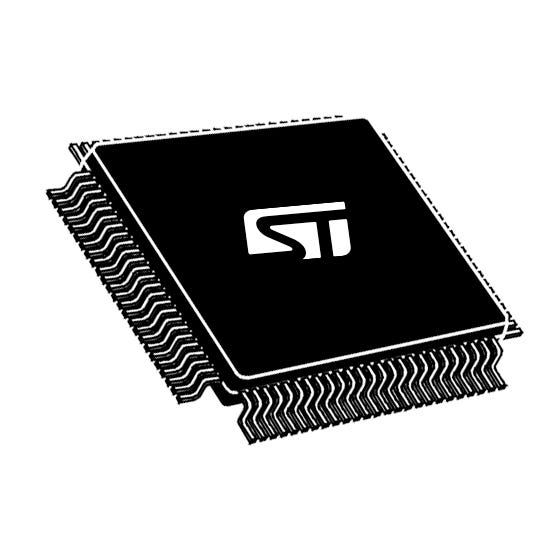📢 $9.99 flat rate shipping in EMEA countries! Ends May 15th - Don't Miss Out!. 🛒 Shop now
Active
STM32L4P5VET6
Ultra-low-power with FPU Arm Cortex-M4 MCU 120 MHz with 512 kbytes of Flash memory, USB OTG, DFSDM, CHROM-ART
| Supply Voltage Min Volt | 1.71 |
| Supply Voltage Max Volt | 3.6 |
| Operating Temp Min Celsius | -40.0 |
| Operating Temp Max Celsius | 85.0 |
| Core | Arm Cortex-M4 |
| ECCN US | 3A991.a.2 |
| ECCN EU | NEC |
| Packing Type | Tray |
| RoHs compliant | Ecopack2 |
| Grade | Industrial |
| Package Name | LQFP 100 14x14x1.4 mm |
STM32L4P5xx designates a family of ultra-low-power microcontroller devices (part of STM32L4+ Series) based on the high-performance Arm® Cortex®-M4 32-bit RISC core. They operate at a frequency of up to 120 MHz.The Cortex-M4 core features a single-precision floating-point unit (FPU), which...
Read More
|
| Quantity | $ per unit | Savings |
|---|---|---|
| 1-9 | $11.43 | 0% |
| 10-24 | $10.33 | 10% |
| 25-99 | $8.57 | 25% |
| 100-249 | $8.55 | 25% |
| 250-539 | $7.46 | 35% |
| 540-10000 | $6.30 | 45% |
| 10000 + |
Contact sales |
|
| Supply Voltage Min Volt | 1.71 |
| Supply Voltage Max Volt | 3.6 |
| Operating Temp Min Celsius | -40.0 |
| Operating Temp Max Celsius | 85.0 |
| Core | Arm Cortex-M4 |
| ECCN US | 3A991.a.2 |
| ECCN EU | NEC |
| Packing Type | Tray |
| RoHs compliant | Ecopack2 |
| Grade | Industrial |
| Package Name | LQFP 100 14x14x1.4 mm |
STM32L4P5xx designates a family of ultra-low-power microcontroller devices (part of STM32L4+ Series) based on the high-performance Arm® Cortex®-M4 32-bit RISC core. They operate at a frequency of up to 120 MHz.The Cortex-M4 core features a single-precision floating-point unit (FPU), which...
Read More
|


